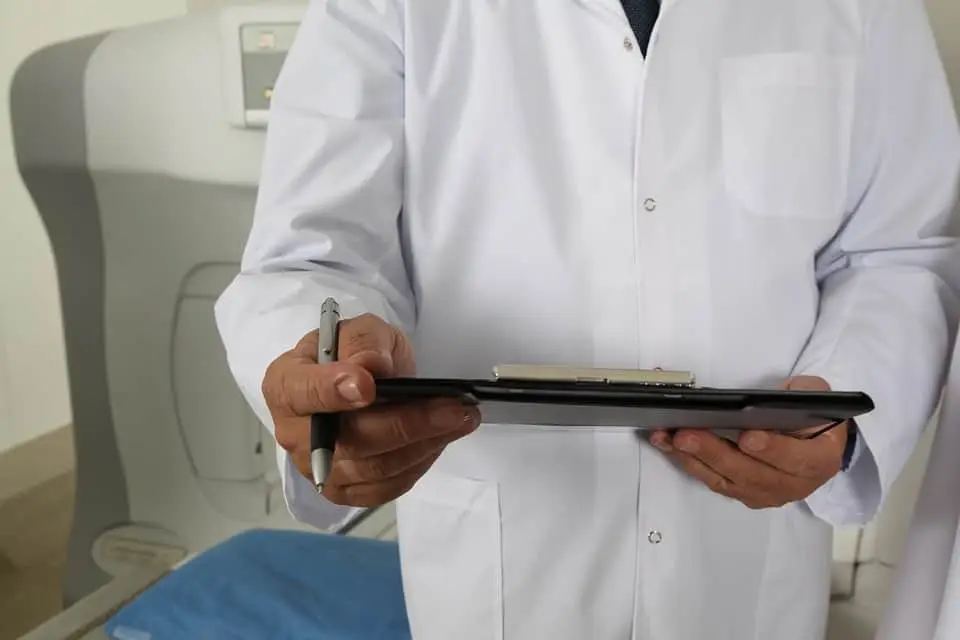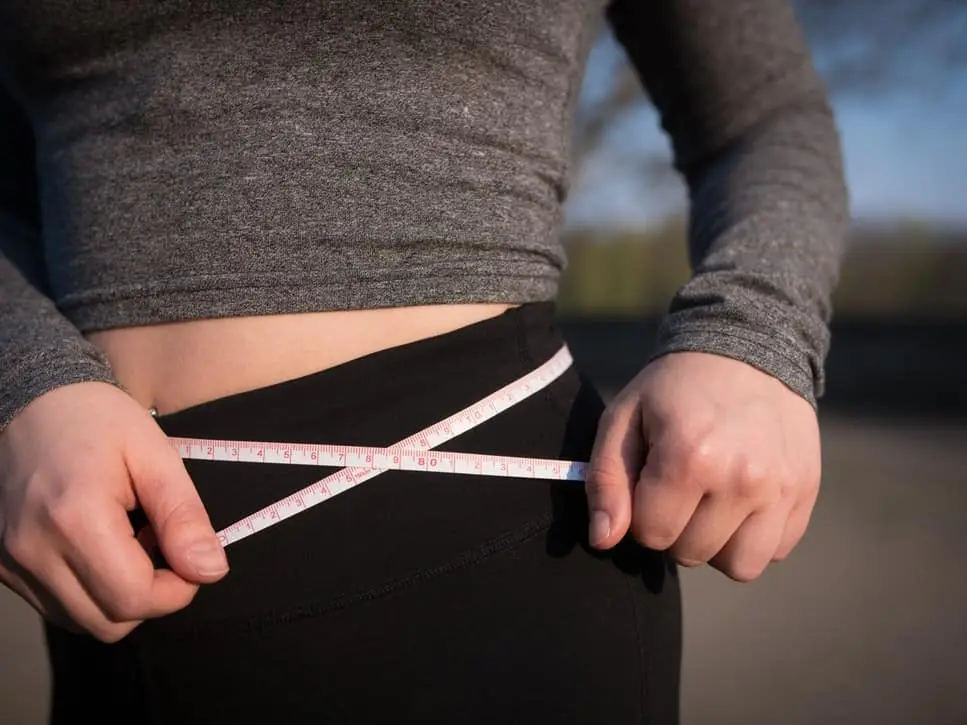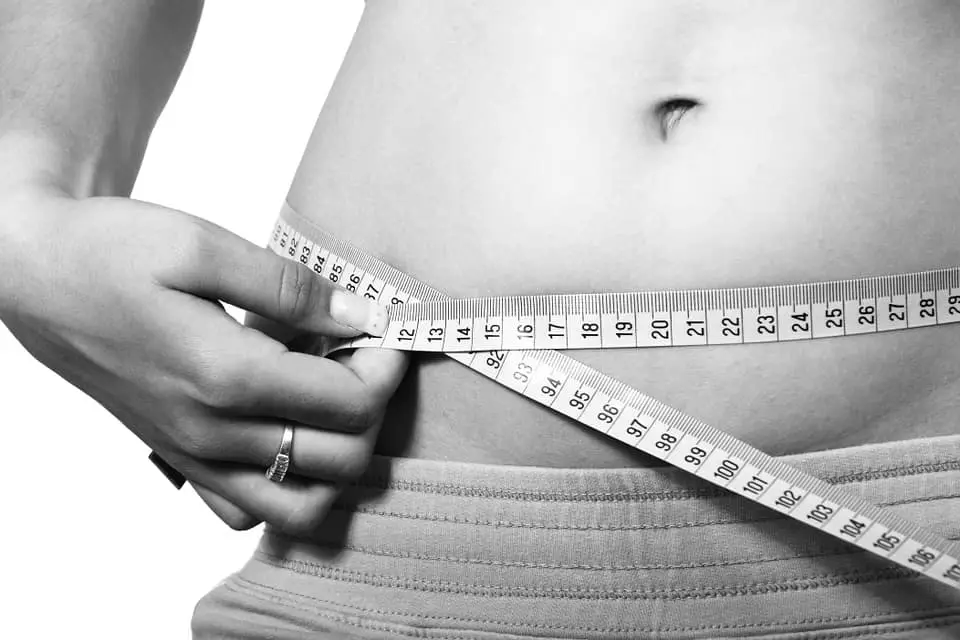When researching ways to permanently reduce body fat, you may come across CoolSculpting. Since receiving clearance from the U.S. Food and Drug Administration (FDA) in 2010, it’s become one of the most popular solutions for stubborn or unwanted body fat. Whether you’re struggling with excess fat in your flanks, abdomen, thighs, back, armpits or under your chin, CoolSculpting can help “sculpt” your body by freezing problematic fat cells. So, is CoolSculpting an invasive or noninvasive procedure?
Invasive vs Noninvasive Procedures: What’s the Difference?
Before we reveal whether CoolSculpting is an invasive or noninvasive procedure, let’s go over the differences between these two types of procedures. An invasive procedure is any medical or cosmetic procedure that requires penetration of the skin. The Centers for Medicare and Medicaid Services (CMS) defines invasive procedures as any procedure “in which skin or mucous membranes and connective tissue are incised, or an instrument is introduced through a natural body orifice.” If a procedure involves the use of a scalpel or other cutting instrument to create an incision, it’s typically classified as an invasive procedure, especially if no other steps are taken to minimize damage to body tissue.
In comparison, a noninvasive procedure is any medical or cosmetic procedure that doesn’t require penetration or breakage of the skin, or the insertion of an instrument. Ultrasound imaging is a common example of a noninvasive procedure. Using sound waves, medical practitioners can create three-dimensional images of a patient’s internal structures, including their organs, muscles, tendons, joints and bones. Ultrasound imaging doesn’t require any incisions to be made, so it’s considered a noninvasive procedure.
Some procedures fall into a gray area where they aren’t necessarily invasive or noninvasive. Known as a minimally invasive procedure, they involve techniques that minimize damage to the body’s tissue. Laparoscopy, for example, is a minimally invasive procedure. With laparoscopy, a small camera is inserted through a small incision of the abdomen wall. It still requires an incision to be made, but laparoscopy is minimally invasive since it seeks to minimize tissue damage.

Why You Should Choose a Noninvasive Fat-Reduction Procedure
There are invasive as well as noninvasive cosmetic procedures available for the permanent reduction of body fat. However, it’s recommended that you choose a noninvasive procedure. First, noninvasive fat-reduction procedures have a significantly lower risk of complication than their invasive counterparts. With an invasive procedure, the skin will be penetrated, which could lead to infection if you don’t take the necessary precautions. Noninvasive procedures don’t break the skin, however, so this isn’t a concern. You should still consult with your aesthetician to learn more about the risk of complication, but noninvasive procedures are safer because they don’t require any incisions to be made.
Second, noninvasive fat-reduction procedures have shorter and easier recovery periods. In fact, most noninvasive procedures won’t impede your daily activities in any way. When you are finished with the procedure, you can go back to your normal activities. Invasive procedures, on the other hand, may take you out of commission for several weeks or longer.
A third reason to choose a noninvasive fat-reduction procedure is the cost. Although there are exceptions, noninvasive procedures typically cost less than invasive procedures. This is because invasive procedures are more complex and have a higher risk of complication.
Of course, the side effects associated with noninvasive fat-reduction procedures are also less severe than those associated with invasive procedures. You may experience significant, prolonged pain after having an invasive procedure performed. In comparison, you’ll experience little or no pain from noninvasive procedures. Most noninvasive procedures still have side effects, but they are minor and more temporary compared to those of invasive procedures.
CoolSculpting Is a 100% Noninvasive Procedure
You can rest assured knowing that CoolSculpting is completely noninvasive. At no time during a CoolSculpting procedure will your skin be broken. Therefore, CoolSculpting isn’t just a minimally invasive; it’s noninvasive. Your skin will remain intact throughout the procedure.
Because CoolSculpting is a noninvasive procedure for the reduction of body fat, it’s often preferred over other, more invasive procedures. During the procedure, you may feel a coolness or numbness sensation on the targeted areas of your body. Immediately after the procedure, your skin may be slightly red or itchy. Of course, these side effects are minor and should subside in just a few days.
With its noninvasive approach, CoolSculpting doesn’t have a recovery time. While invasive fat-reduction procedures can take up to a month from which to recover, you can go back your regular routine immediately after having CoolSculpting performed.

How CoolSculpting Works Without Incisions
Even though it’s noninvasive, CoolSculpting is a highly effective solution for stubborn or unwanted body fat. You can check out this blog post to learn more about how CoolSculpting works. Basically, though, it’s a noninvasive fat-reduction procedure that involves freezing fat cells in specific areas of the body using a wand-like device known as an applicator.
Also known as cryolipolysis, CoolSculpting leverages the fat-destroying power of cold air to permanently reduce body fat. During a CoolSculpting session, an aesthetician will target problematic areas of your body using an applicator. The applicator performs two specific functions: It suctions the targeted area of your skin into its hollow interior, and it circulates temperature-controlled cold air through the same hollow interior. While the exact temperature of the cold air created by the applicator varies, most CoolSculpting procedures use a temperature of approximately 12.2 degrees to 41 degrees Fahrenheit.
The applicator is designed to suction the skin, as well as underlying fat, into its hollow interior. The aesthetician who’s performing CoolSculpting will place the applicator over your skin, at which point the applicator will suction some of your skin. Once inside the applicator, your skin and fat will be exposed to cold air, which is the basis on which CoolSculpting works. The cold air literally freezes the fat cells to the point of destruction. The fat cells will initially shrink, after which they’ll die. When this occurs, your body will absorb and expel them naturally, leaving behind a slimmer and more sculpted figure in the targeted area of your body. CoolSculpting won’t necessarily help you lose weight, but it will help you achieve a slimmer and more contoured figure.
CoolSculpting won’t harm your skin. It’s designed strictly to destroy fat cells without harming other tissue like your skin. This is because CoolSculpting uses a precise temperature to freeze fat cells without affecting the skin. Fat cells are damaged at a slightly warmer temperature than skin cells. With CoolSculpting, the applicator is adjusted to achieve an appropriate temperature that’s able to destroy fat cells while leaving skin cells unscathed. As previously mentioned, you may feel a coolness or numbness sensation on the targeted area, but side effects such as these are minor and will subside in a few days. You won’t experience frostbite or any other form of damage to your skin from CoolSculpting.
In Conclusion
Since the applicator works by radiating cold air through your skin, CoolSculpting is a noninvasive procedure. It won’t penetrate your skin; rather, the applicator will remain on the surface of your skin while it freezes the targeted fat cells. Therefore, CoolSculpting is a completely noninvasive procedure that’s highly effective at reducing body fat.
Click here to learn more about CoolSculpting Elite At Radiance or Request a free consultation today!









